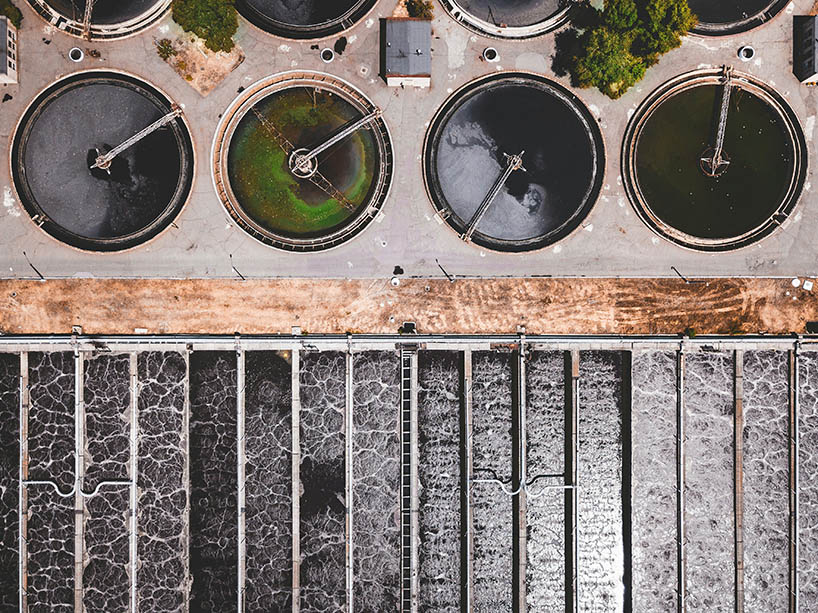TMU prof receives grant for first-of-its-kind research on greenhouse gas emissions

Researchers at TMU will work to find solutions for greenhouse gas emissions from wastewater and sewer systems that impact climate change effects.
Civil engineering professor Elsayed Elbeshbishy is leading a three-year, $1.4 million Alliance Missions research program through support from the Natural Sciences and Engineering Research Council of Canada (NSERC).
The program will address a critical climate change issue: greenhouse gas (GHG) emissions in wastewater treatment plants and sewer systems.
The project seeks to advance the understanding of GHG emissions from wastewater treatment plants and sewer systems through a comprehensive approach. The team will monitor emissions, create pilot-scale sewer system models, and develop cutting-edge tools for predicting GHG emissions.
“Wastewater systems are major contributors to greenhouse gases globally,” said Elbeshbishy. “By gaining a deeper insight into emissions from these sources, the project aims to provide society with precise monitoring tools, practical recommendations, and strategies for reducing emissions.”
The project is investigating GHG emissions in three sectors of wastewater infrastructure: sewer networks, wastewater treatment processes and sludge management processes.
Detection methods for these sectors are incredibly high tech and include ground-level sensors in air and water, drone sensors, hyperspectral cameras, aircraft detection and satellite detection.
Researchers will focus on detecting both methane and nitrous oxide gases, which are hundreds of times stronger than carbon dioxide in contributing to the greenhouse effect.
“Ultimately it will help us develop greener wastewater infrastructure,” said Elbeshbishy.
Key project objectives include:
Monitoring GHG emissions: The team will use ground, drone, aircraft and satellite detection tools at different locations across Canada in Ontario, Alberta, and British Columbia. They will cover all seasons and weather conditions to monitor GHG emissions from wastewater treatment plants
Pilot-Scale Sewer System Models: A state-of-the-art pilot-scale sewer system is being constructed to better understand GHG emissions from sewer systems.
Predictive Models: Existing mathematical models will be augmented with artificial intelligence technologies to predict GHG emissions from both wastewater treatment plants and sewer systems.
The project involves 16 partners, including municipalities, industry representatives, and other universities. Notable partners include Brown and Caldwell, USP Technologies, the City of Toronto, Metro Vancouver, City of Calgary, and the Municipality of Middlesex Centre.
“This project is advancing innovative climate change research practices and positions TMU as a global leader in green wastewater management,” said Steven N. Liss, vice-president, research and innovation. “It will provide first-of-its-kind insights for reducing greenhouse gas emissions across Canada.”
Work is already underway across different activities including the construction of the sewer pilot, with site work in Ontario and mechanistic modeling in British Columbia.